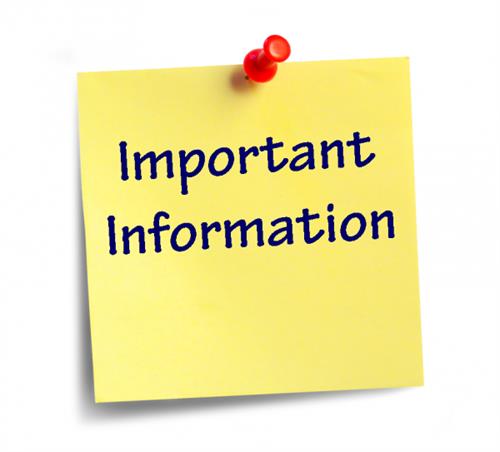Twice a year the international recognized research company, Nielsen does a deep dive into radio listenership in the Fort Wayne Indiana metro and then legitimate radio station companies and advertising agencies can purchase access to those results.
The part of Nielsen that measures radio is actually named Nielsen Audio which was created in 2012 when they purchased Arbitron whose company’s roots go back to the 1950’s.
In the couple of decades I’ve worked in radio advertising in Fort Wayne, I’ve worked for 3 different radio station groups that have used Arbitron (Now Nielsen) and also Eastlan Ratings. When I joined WOWO and Federated Media in 2013, they had been an Eastlan subscriber, not Nielsen. Around 10 years later Federated Media switched back to Nielsen and that’s when Eastlan stopped servicing Fort Wayne.
I place limited credibility in any of the ratings services but they are valuable as a resource if you have an understanding of the limitations of the data.
Most rating data for radio stations is done via a survey. Nielsen surveys 294 radio markets and 246 are recorded by participants manually logging what they listened to either in a paper survey or digital format. However the top 48 largest markets use a bit of technology called a Personal People Meters (PPM) that receive encoded signals from radio stations that log that information for you. PPM’s debuted in 2007 and by 2010 were being used in 48 radio markets.
A new change for 2025 is that this year PPM’s will be lowering the threshold from 5 minutes to 3 minutes. Traditionally if a person listens for at least 5 minutes of a quarter hour to a particular radio station, that station could get credit for the entire 15 minutes. This year it only takes 3 minutes of continuous listening to count.
Some of the basic information that is gathered by these surveys include the age and gender of the respondents along with their address. Additional information that we get from Nielsen includes income, spending habits, household size, and a whole host of data that includes research from affiliated research companies like Scarborough that can give us a pretty cool picture of the people, their habits and lifestyles on a local level, along with their radio listening habits.
There is also a danger in placing too much credence into the results of any one survey, but I take a look at trends to see trends.
Also as is true with all polls, these surveys use a “sample size of the entire population to represent the entire population. Instead of getting all 500,000 people in a city to participate, they have a representative sample of a couple thousand people and then expand or multiply to fit the criteria of the population.
Here’s the local data I use from our radio rating surveys:
- Cume: That’s short for cumulative. this is the total number of listeners with each person counted once.
- AQH: Average Quarter Hour Persons. This is the average number of listeners listening per 15 minutes. Except you only have to listen for 5 minutes within a quarter hour, which is what’s switching to 3 minutes.
- Rating Points: Average Quarter Hour Rating. The average Quarter Hour Persons estimate expressed as a percentage of the population being measured.
Formula: AQH Persons divided by the Population x 100 = AQH Rating (%)
That last number is what is publicly released online and anyone with an internet connection can get it free. The problem that I have with using it by itself is it’s the end result of a math formula and the numbers used to get that end result are more important than that final number.
Let me demystify what I just said.
If I said I spent $100 on lunch today and Jimmy spent $200 on lunch today, what can you conclude except that Jimmy spent twice as much?
Maybe I fed 10 people at the cost of $10 each at a fast food place? Or I bought $100 worth of groceries and prepared it and served it to 35 people? And Jimmy, perhaps he took a client out for lunch at a decent restaurant and lunch for two including tip was a hundred bucks.
See how it’s hard to measure the value of the money spend unless you have a deeper understanding? Similar story with the ratings that radio and TV outlets get, a ratings point is not the best way to determine the value unless you know the background information and details of the formula.
There’s one more bit of information I pull from the radio rating surveys that is very useful and that is called TSL which stands for Time Spent Listening. It is an average length of time that a person is listening to a radio station.
I’ll have more on this in the next few weeks including a deep dive into the last rating release for Ft. Wayne radio stations and another article on how to do common sense radio advertising schedule buying that I learned when I worked in Detroit when I worked for a radio station that didn’t subscribe to the ratings.
However there is one more critical element to always remember no matter what kind of advertising you are considering and that is this:
All of these numbers are measurements of peoples media habits, but not measurements of their actual buying. Even more critical is to remember that it is impossible to know for sure what ad exposure was the one that created the person to buy. More on that later this year too.

